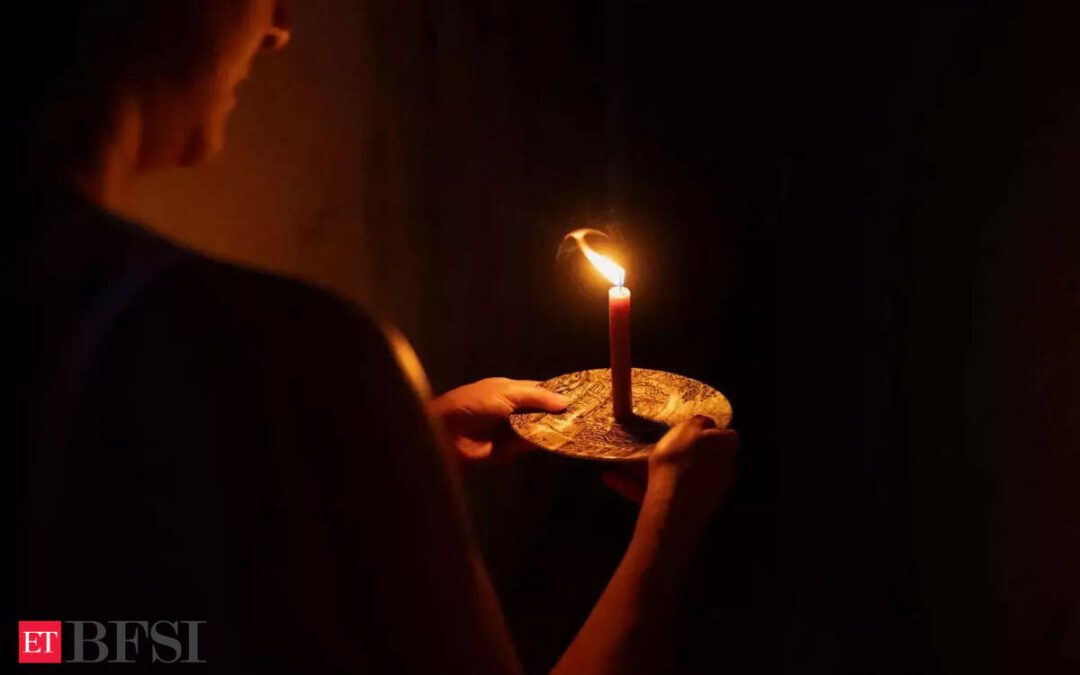Attacking Congress-led previous UPA government, the government today said that the UPA government will always be remembered for the largest power outage in our history, in July 2012, which left 62 crore people in darkness and put national security at risk. The Central government referred to the dark era in its White Paper tabled in Parliament.
Finance Minister Nirmala Sitharaman today presented a ‘White Paper on the Indian Economy’ in the Lok Sabha. During her Interim Budget speech, Sitharaman had announced the government’s intention to release a white paper detailing the economic mismanagement during the UPA rule until 2014.
The white paper highlighted that darkness engulfed India even as more than 24,000 MW of generation capacity was lying idle due to a lack of fuels like coal and gas. “The entire (power) sector reached a vicious cycle of inaction and policy paralysis with surplus generation capacity and massive unutilised investments at one end while large power cuts for the consumer on the other end,” the paper stated.
The paper also highlighted the precarious situation when new government came to power in 2014. “When our government came to power in 2014, as many as two-thirds of coal-based power plants (66 out of 100 coal plants tracked by Central Electricity Authority) had critical coal stocks, meaning less than seven days of coal stock. This uncertainty was aggravating the overall power shortage. Villages used to get electricity for about 12 hours a day. Farmers used to get for a much lesser duration, thereby not being able to irrigate their crops. The inter-regional transmission lines were also highly inadequate,” it stated.It noted that the electricity shortages under the UPA government were also repeatedly pointed out by international agencies. “In its World Development Report 2008, the Bank said, With 55 – 60 per cent of India’s irrigated land supplied by groundwater, electricity for tubewell pumps is an important input… the quality of service is poor because of erratic and limited supply and voltage fluctuations, which can result in crop losses from forgone irrigation and damaged pumping equipment.”
During July 30 and 31, 2012, India faced two major power blackouts, marking one of the most severe power crises in human history. The initial outage impacted approximately 350 million individuals, while the subsequent blackout affected a staggering 670 million people, representing roughly one-tenth of the global population. These incidents spanned across 21 out of 28 Indian states.
To counter the government’s White Paper, the Congress unveiled a “black paper” aimed at spotlighting what it perceives as the shortcomings of the Modi government. Allegations included a decade marked by injustices such as soaring prices, unemployment, erosion of institutions, and perceived bias against non-BJP states. Congress President Mallikarjun Kharge presented a 54-page “charge sheet,” coinciding with the government’s forthcoming presentation of a ‘white paper’ in Parliament, detailing economic mismanagement pre-2014, with an intent to learn from past mistakes.













